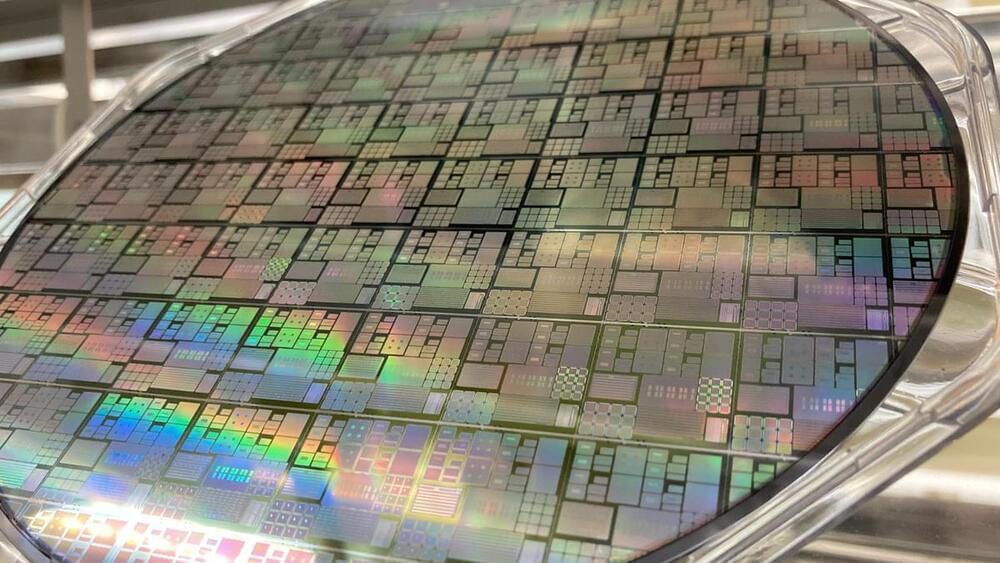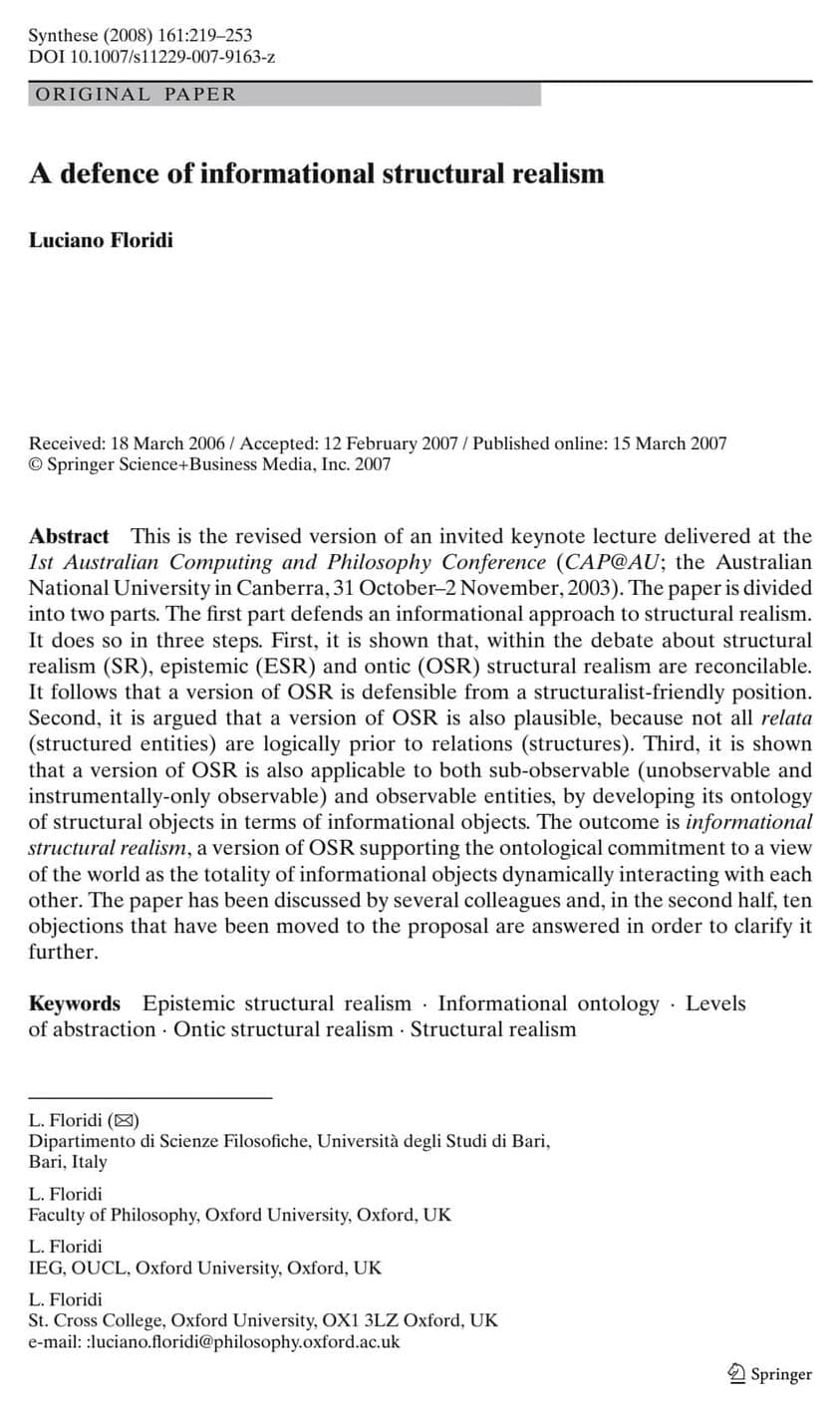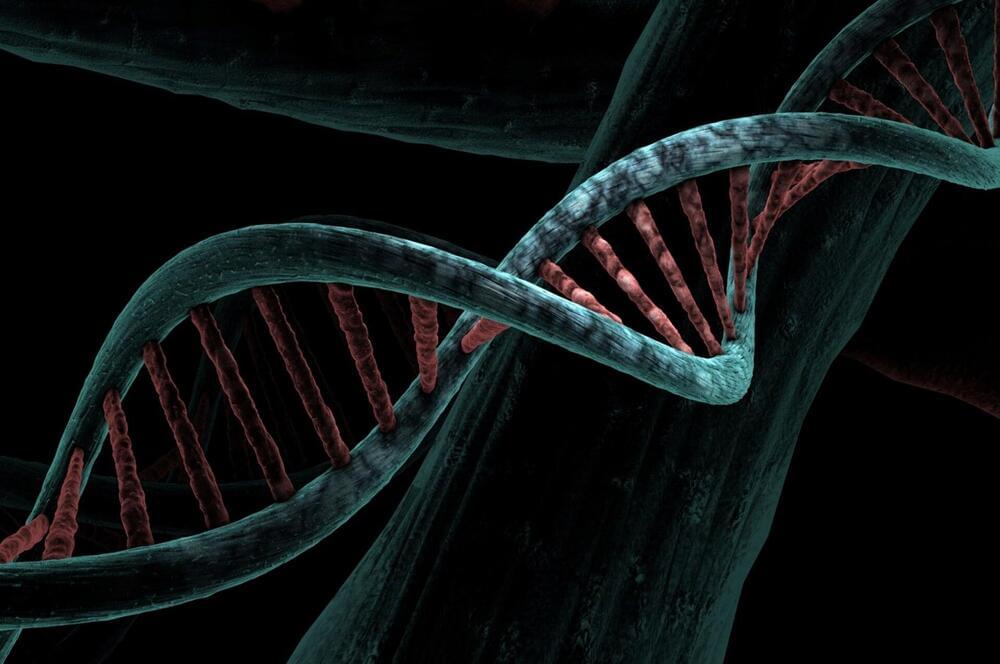Jan 20, 2024
Lee Smolin — How are Multiple Universes Generated?
Posted by Dan Breeden in categories: cosmology, quantum physics
Cosmologists believe that multiple universes really exist; they call the whole vast collection, which might even be infinite in number, the ‘multiverse’. But how are all these universes generated? There are several ways, each radically different from the others, each incredibly fascinating, each capable of generating infinite universes.
Free access to Closer to Truth’s library of 5,000 videos: http://bit.ly/376lkKN
Continue reading “Lee Smolin — How are Multiple Universes Generated?” »

















